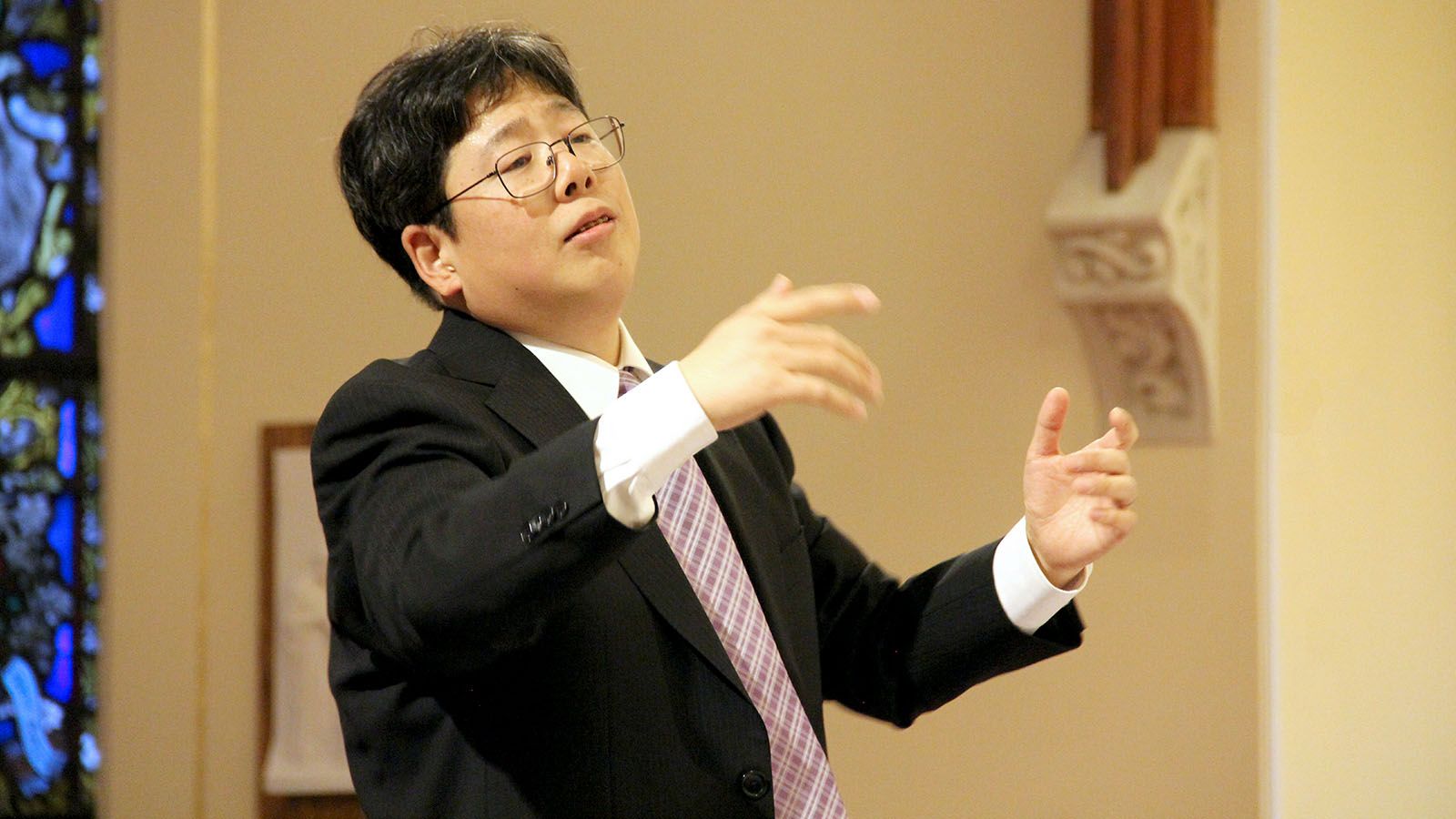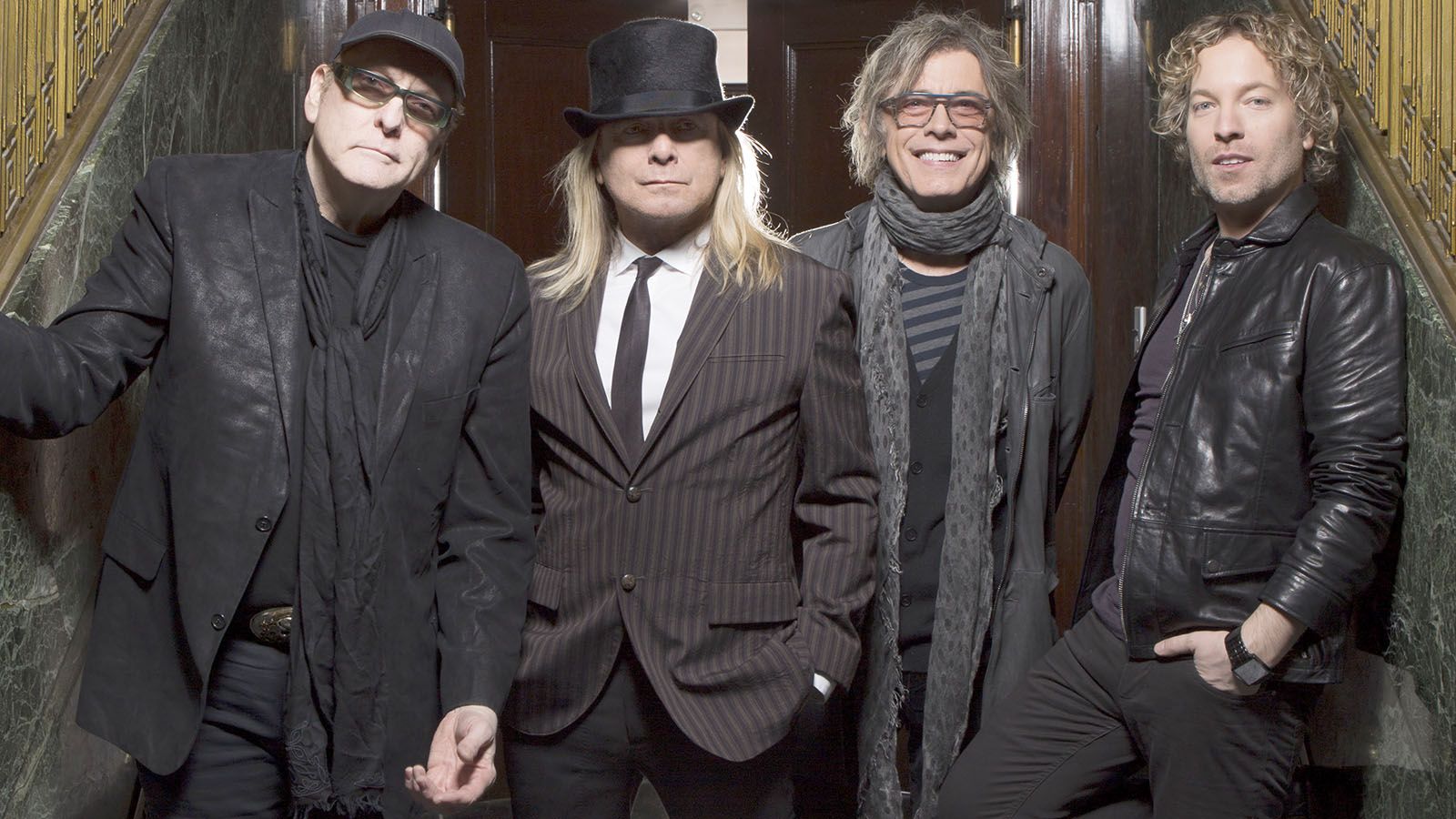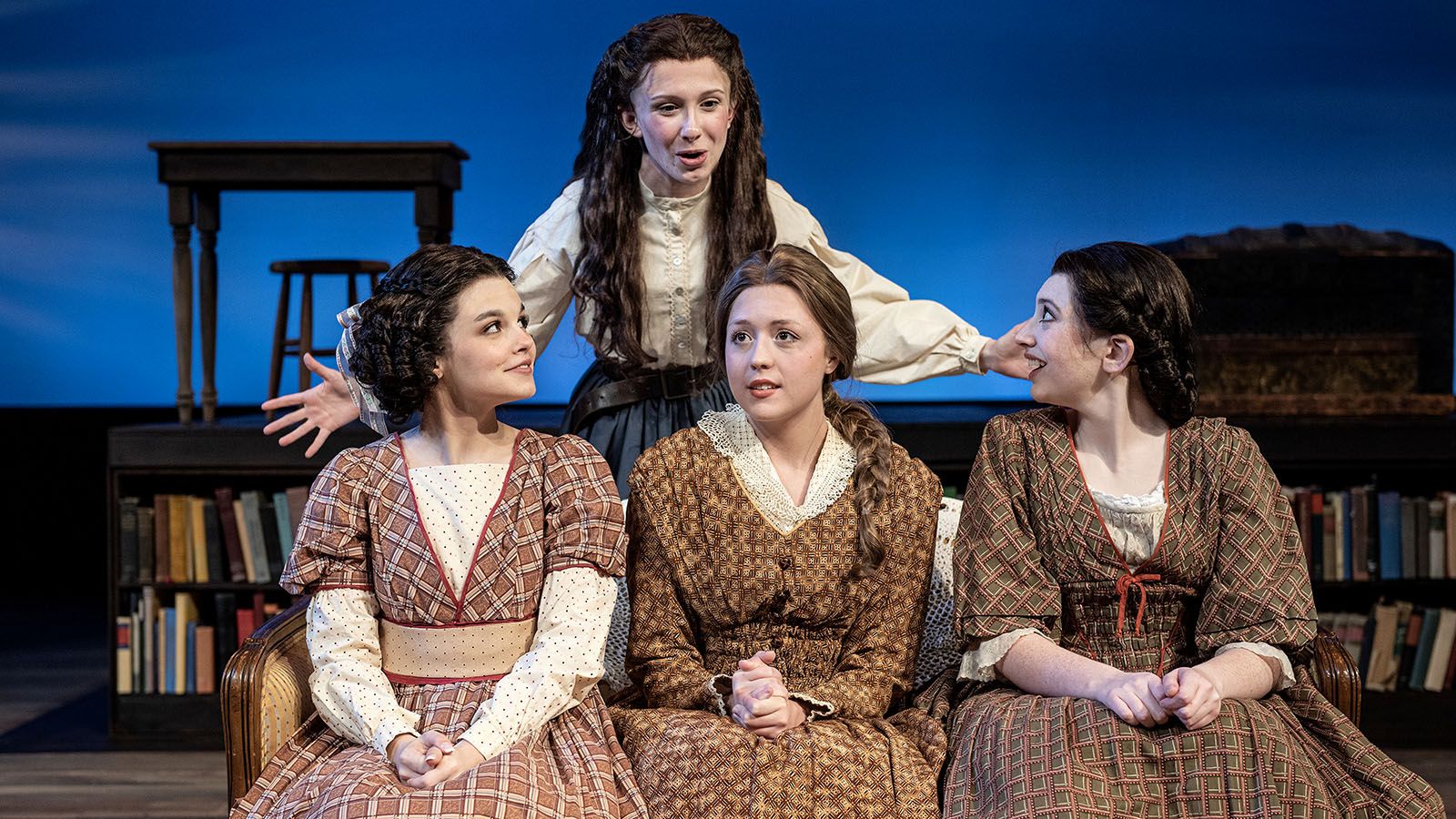On Sunday, April 23, the Fort Wayne Bach Collegium, directed by Dr. Koji Otsuki, will close their 2022-23 season with a concert that’s unprecedented for Fort Wayne.
The choir, five vocal soloists, and small string orchestra will perform Dieterich Buxtehude’s devotional piece Membra Jesu nostri (The Limbs of Our Jesus), written in 1680, at St. Francis Chapel at the University of Saint Francis.
Bach Collegium is dedicated to historically informed performances: interpreting music that is centuries old to the best of modern ability, drawing on the techniques the early composers used and playing replicas of those earlier instruments. It’s all about taking “ancient” music and making it sound fresh.
truly unique experience
This concert will be unique for several reasons, including it’s the first time in the group’s 21-year history they are not performing any works by the German composer J.S. Bach (1685-1750). Buxtehude (1637-1707), from what is now Denmark, wrote Membra Jesu nostri five years before Bach was born.
Membra Jesu nostri is an intimate, devotional “cycle of cantatas,” seven short movements which make up an hourlong piece and are meditations on the crucifixion of Christ. The words are taken from a selection of Roman Catholic prayers called the Rhythmica oratio, written in Latin around 1225. Yes, the music is 350 years old, and the words are 800 years old, but the Bible verses and themes in the prayers speak to Christians of all eras.
Also for the first time, Bach Collegium is performing at the 250-seat St. Francis Chapel, a space completed only five years ago, with beautiful acoustics, I am told. The choir will perform the piece with professional musicians from across the country as well as here in Fort Wayne.
Historical perspective
Buxtehude was one of the most important composers in the middle Baroque era, and he was a big influence on Bach and the Lutheran church music tradition. His vocal music is rarely performed, although you can find a number of recordings online. Otsuki learned Membra Jesu nostri almost 20 years ago when he studied with his mentor Masaaki Suzuki in the world-renowned Bach Collegium Japan.
Compared to Bach’s “high Baroque” style, which can be very dense and complex in places, Buxtehude’s earlier style is more relaxed: not so many fast runs of notes but wonderful melodies with notes written so the choir can dig deep into expressing the words.
That’s another reason Otsuki has taught the choir to sing the piece in its original Latin. His motto: “So the music can work as it was designed to work.”
“Liturgical music plays a role in lending emotional support to the preaching of the day,” Otsuki said in a recent rehearsal.
When I sat down with Otsuki, it was apparent how deep is his knowledge not only of the music but also the theology of the Lutheran Church in the era, which the composers’ music was written to support every Sunday.
“This is really interesting that Buxtehude picked this Medieval text,” Otsuki said. “You don’t really find many Catholic hymns composed on this text. It is meant to be used for personal devotions.
“But that’s not really like orthodox Lutheran stuff. Orthodox Lutheran is more about public affirmation of things with the chorale,” he said, referring to the hymns that everyone in the congregation could sing together. “That’s why the chorale is almost like second only to the Scripture and the liturgy, to Lutheran people. But Membra Jesu nostri doesn’t include any chorales, in this setting, because it’s based on personal prayer.
“And then of course, in northern Germany around Buxtehude’s time, there was this movement, the pietistic movement going on. Some of the influential books, for example, like Heinrich Müller’s sermon collections, this was actually in Bach’s library. Some of the ideas from this book were actually taken by (the poet) Picander in his text, used in Bach’s St. Matthew Passion. So the influence of this pietistic approach, or personal connection to Jesus, that’s actually in there in Bach’s works.”
Right people for the job
Featured in “Movement 6” is something sonically audacious and impractical, particularly in this day and age. “Movement 6” is a piece not for the choir nor instruments used in the other movements, but for three soloists singing in harmony, accompanied by a consort of viols. This is a quintet of instruments that were the predecessors of the violin, viola, and cello. Each viol has six strings with frets, like a guitar, although played with a bow.
Buxtehude specified these instruments to achieve a particular effect to underscore the prayers in this section.
Needless to say, there are not a lot of viol players out there, but there are two or three here in Fort Wayne. The viol consort is anchored by Dr. Melanie Bookout, professor emeritus from the music program at Purdue University Fort Wayne, and her husband, Russell, who also sing in the choir. They will be joined by viol specialists from the early music community based around Indiana University.
Full disclosure: I am in the group. This is my second concert singing in the choir of the Collegium. I’ve loved Baroque music all my life, and when I first wrote about Bach Collegium for Whatzup in our Nov. 2 issue, I realized I had to participate.
But don’t come to this concert to support your local journalist. Come for the community experience of the spiritual, devotional music that resonates down the centuries.





